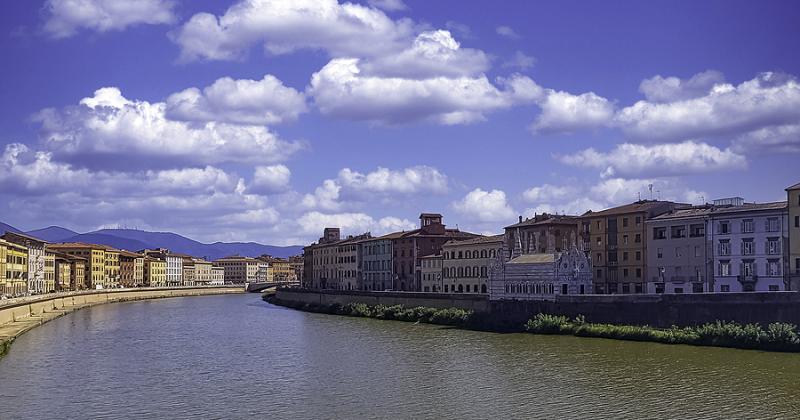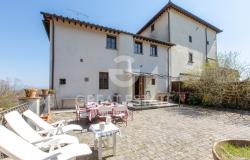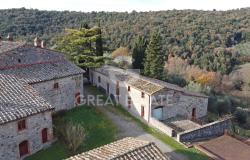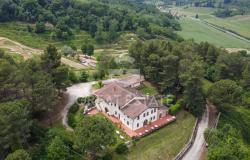How limiting to be visiting a place based on just one world-famous site in order to take a quick snapshot to post on social media and then leave. This is often the case for Pisa, known the world over for its Leaning Tower, and many do pass by this Tuscan town just to see-photograph that.
However, with its rich past as a powerful Maritime Republic that dominated trade over the Mediterranean for two centuries, Pisa has preserved many historical and architectural gems that are worth seeing besides the Leaning Tower or the Piazza dei Miracoli that houses it. Besides, Pisa is a young and dynamic town, thanks in part to the many students who animate the famous university, founded in 1343 (the 10th oldest in Italy).
Yes, you should see Piazza dei Miracoli, a Unesco World Heritage site. There you will find four masterpieces of medieval architecture: the Cathedral, the Bell Tower, the Baptistry and the monumental cemetery.

The bell tower of the Duomo was built on ground made of sand and clay; underneath it, there is water a few meters deep, and already at the beginning of construction, in 1173, the structure began to tilt. By 1990, it had reached a 5.5-degree tilt, which was reduced through remedial work carried out between 1993 and 2001.
The Cathedral of Pisa, dedicated to Santa Maria Assunta, is the most significant example of Pisan Romanesque art. Opposite stands the Baptistery of San Giovanni Battista, the largest in Italy in size with more than 100 meters in circumference, famous for its perfect acoustics.
Moving on beyond the Piazza, there’s another Pisa to discover. The Pisa of Lungarni, for example, that is its spectacular riverside and the streets that run along the Arno river, ideal for walks and to admire historic buildings dating back to the Middle Ages. Among the various riversides, the most popular is the Lungarno Mediceo, which houses some of the most important buildings of the city, such as the Palazzo dei Medici, Palazzo Toscanelli and the Church of San Matteo in Soarta.
On the Lungarno Gambacorti is a small gothic jewel, the Church of Santa Maria della Spina, so-called when, in 1333, it received the relic of a thorn from Christ's crown, now exhibited in the Church of Santa Chiara. The most important art exhibitions in Pisa are organized in the Palazzo Blu, named after the blue color uncovered during a recent architectural restoration.

Piazza dei Cavalieri (Knights’ Square) is the second main square of the city. It was the political center in medieval Pisa. After the mid-16th century, it became the headquarters of the Order of the Knights of St. Stephen. Now it is a center of education, being the main house of the Scuola Normale di Pisa, one of Italy’s most prestigious universities, founded in 1810 with a decree by Napoleon as a branch of the École Normale Supérieure in Paris.
Also on the square is the Palazzo dell’Orologio, a medieval building that has incorporated the ‘Torre della Fame’ (Hunger Tower), where Count Ugolino Della Gherardesca died in 1289 with his children and grandchildren, as Dante famously recalls in his Divine Comedy.

The other buildings on the square are the Canonica, the Palazzo del Consiglio dei Dodici, the Church of Santo Stefano, built by Vasari, and the small Baroque Church of San Rocco; in the center stands the statue of Cosimo I de’ Medici as the Grand Master of the Order of the Knights.
Other churches worthy of a stop are the 14th-century Church of San Domenico, once reserved for women only, and the Church of Sant'Antonio, very close to Pisa’s train station, and famous especially for a semi-hidden mural by Keith Haring that covers the rear facade. The mural was completed in 1989 by the American artist with the help of volunteers and Pisan residents; it is called ‘Tuttomondo’ and contains a message of life, peace and brotherhood, designed with soft colors as a sign of respect for the beauty of Pisa.
The most picturesque street in Pisa is Borgo Stretto, with its arcades, shops, cafés, and palaces from the 14th and 15th centuries that form the core of ancient Pisa; this is in fact the area where wealthy families and merchants competed to build the tallest, most beautiful, most colorful buildings.
As you reach the end of the street you will arrive in Piazza del Pozzetto, or Borgo Largo.
Also not to be missed is the Shipyard of the Ancient Ships of Pisa (Museo Delle Navi Antiche) which houses the largest naval shipwreck exhibit in Italy, including Roman-era boats.

And if the above wasn’t enough, leave some time to enjoy Pisa’s seaside, a holiday destination since the end of the 19th century, when the first Art Nouveau villas were built. The beaches of Marina di Pisa, Tirrenia and Calambrone all boast the Blue Flag recognition, a European award for beaches, based on cleanliness and safety.










